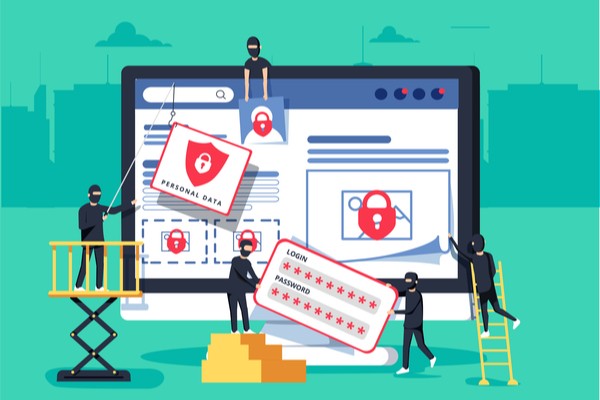7 Simple Ways Manufacturers Can Protect Themselves From Cyberattacks

Once again, manufacturing makes the annual list for sectors most susceptible to cyberattacks, right alongside healthcare, education, and defense contractors. The list, according to noted information solutions provider Techgardens, cites manufacturers as particularly vulnerable for preventable reasons. According to the profile, “manufacturing organizations are at risk for cyber-attack due to their lack of security, such as authentication and encryption.” It’s yet another warning sign in a long list of many that, unfortunately, many manufacturers continue to ignore.
Cyberattacks in the time of COVID-19
While the COVID-19 pandemic has seen a boom in cyber activity for factories seeking to expand their digital footprint, it’s seen equal interest from cybercriminals. Several major cybersecurity breaches have made headlines recently, including San Mateo, CA-based camera manufacturer Verkada Inc. and big-time brewer Molson Coors Beverage Co.
Both companies have seen significant fallout from their brush with cybercriminals, including unanticipated disruption to operations, lost revenue from production setbacks, and a tarnished brand image. The most important detail, however, is how both attacks — and countless others like them — could have been avoided through better cybersecurity practices.

7 simple tips for manufacturers to reduce cybersecurity risk
Cybersecurity for many manufacturers seems like a massive undertaking — and a costly one, at that. The fact is, simple solutions are often enough to fend off run-of-the-mill cyber crime attempts. Here’s a look at seven ways manufacturers can protect themselves, with virtually no additional investment:
- Change passwords. Change passwords every 30-60 days and force password changes for administrative employees who have broad access to system credentials.
- Decommission users. As employees or consultants leave the system, decommission their credentials and revoke all access — especially from external terminals.
- Update software. Keep software up-to-date with the latest patches and versions to eliminate any potential backdoors or gaps in security.
- Perform security audits. Send phishing emails to your own employees and use them as teaching tools for avoiding the real thing in the future. Mandate refresher courses.
- Encrypt data. Use only systems with encrypted transmission and data storage, particularly when working with personal identifying information or proprietary data.
- Back up data. In the event of a security breach, restoring from a recent backup can be the quickest way to resolve the problem and re-establish control.
- Require two-factor authentication. Especially for devices in the field, make sure there are two-factor authentication processes in-place to verify credentials and logins.
These solutions cost virtually nothing. Moreover, building them into employee IT training can save manufacturers untold dollars in avoiding security breaches and cybersecurity incidents. Even if you don’t have IT staff on-hand, these are solutions that bring accountability to everyone in the organization. It’s important to make them organization-wide mandates.

Avoiding security breaches
According to a 2020 report by IBM, the average cost of a security breach across any industry is $3.2 million. Worse still, it takes roughly 280 days to contain and remediate the damage from a cyberattack. For manufacturers, these numbers have the potential to be even higher. Now, in 2021, when the digital infrastructure of factories is growing larger and quicker than ever, it’s vital to do the simple things to prevent major problems in the wake of preventable cybersecurity failures.